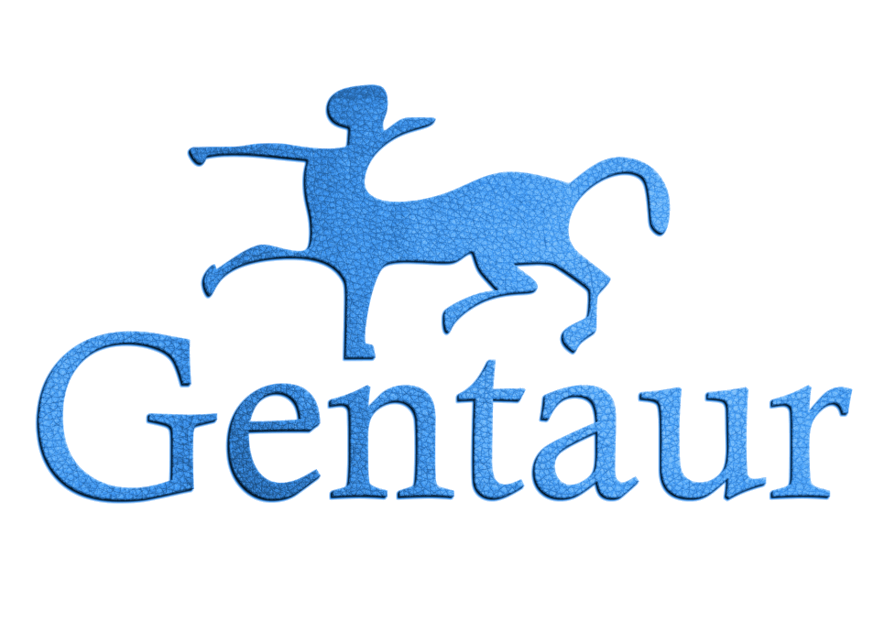Rabbit Anti-Mouse Ebola receptor (KIM1/TIM1) antibody (22-212 aa) IgG, aff pure
-
Catalog number
TIM22-A
-
Price
Please ask
-
Size
100 ul
-
-
Stock availability
Available
-
Category
Primary Antibodies
-
Antibody type
Polyclonal Antibody
-
Antibody host
Rabbit
-
Antibody conjugate
N/A
-
Technical datasheet
Contact Gentaur to request the datasheet or ask our specialists for more information.
-
Notes
The Rabbit Anti-Mouse Ebola receptor (KIM1/TIM1) antibody (22-212 aa) IgG, aff pure is manufactured for Research Use Only or for diagnostics purposes.
-
-
Description
This antibody needs to be stored at + 4°C in a fridge short term in a concentrated dilution. Freeze thaw will destroy a percentage in every cycle and should be avoided. Antibody for research use. The ultrapure Rabbit Anti-Mouse receptor (KIM1/TIM1) antibody (22-212 aa) IgG, aff pure supplied from adi is supplied in 1. The reagent contains very low traces of production synthesis impurities and is highly purified by ultra filtration and distillation for the chemical compounds. The receptors are ligand binding factors of type 1, 2 or 3 and protein-molecules that receive chemical-signals from outside a cell. When such chemical-signals couple or bind to a receptor, they cause some form of cellular/tissue-response, e.g. a change in the electrical-activity of a cell. In this sense, am olfactory receptor is a protein-molecule that recognizes and responds to endogenous-chemical signals, chemokinesor cytokines e.g. an acetylcholine-receptor recognizes and responds to its endogenous-ligand, acetylcholine. However, sometimes in pharmacology, the term is also used to include other proteins that are drug-targets, such as enzymes, transporters and ion-channels.
-
Properties
If you buy Antibodies supplied by adi they should be stored frozen at - 24°C for long term storage and for short term at + 5°C.
-
About
Immunoglobulin gamma, IgG, mouse monoclonal H&L chain clones or rabbit, goat polyclonal antibodies have 4 parts. There are 2 heavy chains, 2 light chains. The IgG antibody has 2 antigen binding sites. They represent 70% or more of serum antibodies. This antibody can be antigen purified or protein A or G purified. For storage sodium azide is added or you can call us to request azide free antibody preparations. These will need colder storage temperatures. Rabbits are used for polyclonal antibody production by adi. Rabbit antibodies are very stable and can be stored for several days at room temperature. adi adds sodium azide and glycerol to enhance the stability of the rabbit polyclonal antibodies. Anti-human, anti mouse antibodies to highly immunogenic selected peptide sequences are" monoclonal like" since the epitope to which they are directed is less than 35 amino acids long.
-
Test
Mouse or mice from the Mus musculus species are used for production of mouse monoclonal antibodies or mabs and as research model for humans in your lab. Mouse are mature after 40 days for females and 55 days for males. The female mice are pregnant only 20 days and can give birth to 10 litters of 6-8 mice a year. Transgenic, knock-out, congenic and inbread strains are known for C57BL/6, A/J, BALB/c, SCID while the CD-1 is outbred as strain.
-
Latin name
Mus musculus, Oryctolagus cuniculus
-
French translation
anticorps
-
Gene target
-
Gene symbol
HAVCR1, SNORD114-22, PIRC112, PIRC111, PIRC108, PIRC109, VN1R112P, PIRC107, PIRC110, PIRC106
-
Short name
Rabbit Anti-Mouse receptor (KIM1/TIM1) antibody (22-212 aa) IgG, aff pure
-
Technique
Antibody, Rabbit, anti-, Mouse, anti, Pure, IgG, antibody to, antibodies, antibodies against human proteins, antibodies for, IgGs, mouses, pure products
-
Host
Rabbit, Rabbits
-
Isotype
IgG, IgG
-
Species
Mouse, Mouses
-
Alternative name
production species: rabbit Antibody toMouse Ebola receptor (KIM1/TIM1) (antibody to-) (22-212 aa) Immunoglobulin G, aff pure
-
Alternative technique
antibodies, rabbit-anti, murine, purified, immunoglobulins
-
Disease
Marburg or Ebola viruses ( EBOV ) need to be handled in BSL4 Biological safety level 4. However the monoclonal and polyclonal antibodies, ELISAs and recombinant proteins do not need any specific safety measure because no active virus is involved. The Zaire Ebola strain is called ZEBOV. The Sudan virus is called SEBOV.
-
Gene info
Gene info
Gene info
Gene info
Gene info
Gene info
Gene info
Gene info
Gene info
Gene info
MeSH Data
-
Name
-
Concept
Scope note:
Identification of proteins or peptides that have been electrophoretically separated by blot transferring from the electrophoresis gel to strips of nitrocellulose paper, followed by labeling with antibody probes.
-
Tree numbers
- E05.196.401.143
- E05.301.300.096
- E05.478.566.320.200
- E05.601.262
- E05.601.470.320.200
-
Qualifiers
ethics, trends, veterinary, history, classification, economics, instrumentation, methods, standards, statistics & numerical data
Product images
Similar products

